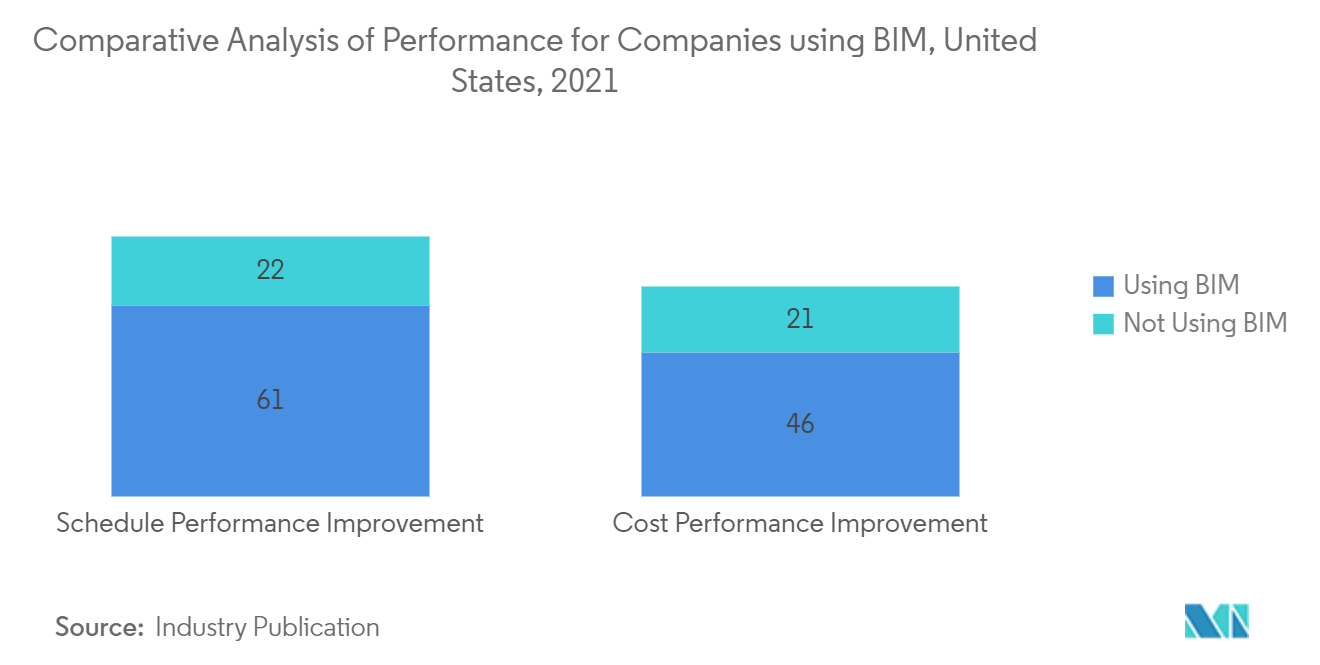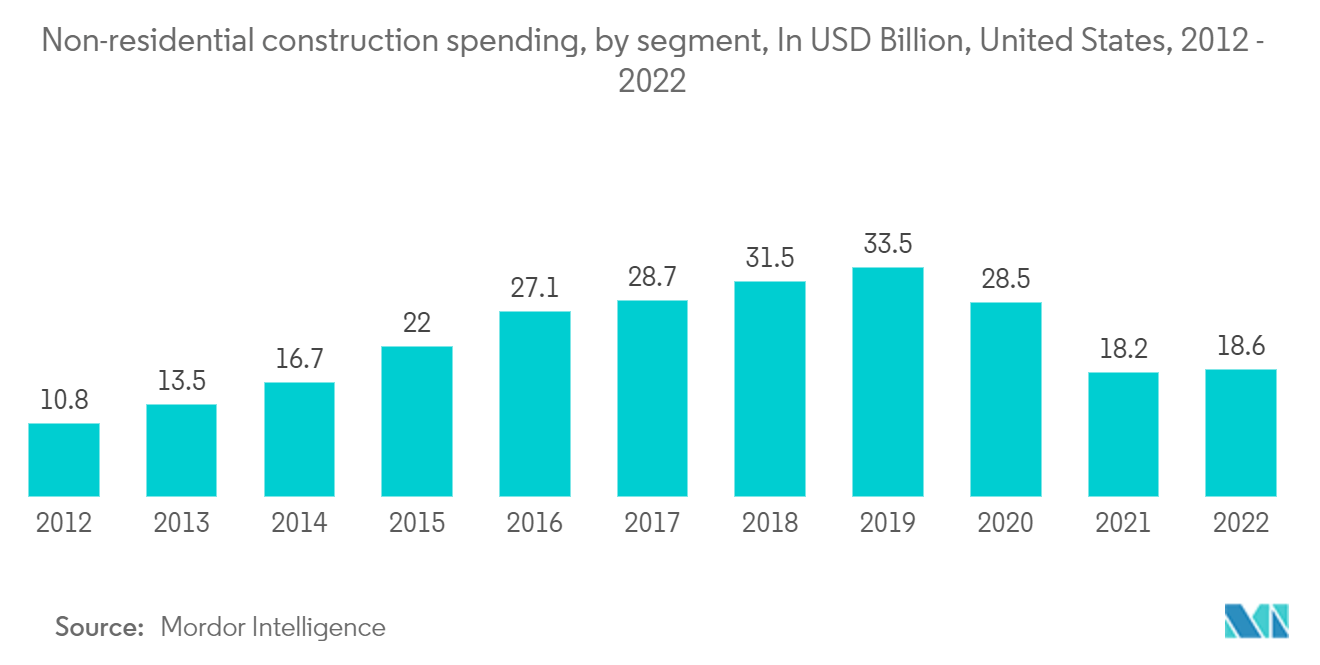Market Trends of United States Prefabricated Buildings Industry
The Trend of BIM in the Prefab Sector
Precision planning and effective material management are crucial for prefabrication and modular construction. BIM speeds these procedures by providing precise quantity takeoffs, material schedules, and procurement data. Project teams can use BIM models to optimize material utilization, cut waste, and enhance inventory management. BIM also improves supply chain management by facilitating real-time cooperation and communication between suppliers, manufacturers, and contractors.
According to an industry report on the advantages of BIM in prefab and modular construction, in the prefab industry, around 22% of the companies not using BIM claim that they experience schedule performance improvement, whereas the companies that use BIM in more than half of their projects, a significant 61% claim improvement in the performance. Along similar lines, with modular construction, only 21% of non-BIM users cite cost-performance improvement, whereas 46% of the BIM users report cost-performance improvement. The three main benefits of using BIM are an increase in project quality, a decrease in construction costs, and progress in the project schedule performance. BIM use is increasingly common in commercial and institutional projects in the United States.
The construction business is always changing and looking for new ways to increase productivity, cut costs, and finish projects on schedule. Building information modeling (BIM) integration in prefabrication and modular construction is one such development. Enhancing coordination, streamlining workflows, and maximizing the advantages of off-site construction techniques are all possible with BIM.

Growth in Residential & Non-Residential Sector to Boost the Prefab Share in the Market
Modular construction technology has been gaining more attention in the US building industry over the last few years. With rising housing costs, cities are beginning to invest in modular and prefab construction to deliver multifamily residential developments. This number has seen a rise in the past few years continuously owing to the demand for housing.
Based on planned construction development over the next few years, non-residential construction in place is expected to reach 590.4 billion US dollars in 2023 in the United States. which includes segments like lodging, office, commercial, health care, and education. Non-residential construction will continue to improve if government spending continues to improve, allowing communities to contribute more resources to infrastructure.
The commercial building has experienced a comfortable growth in the non-residential building industry over recent years. However, the construction industry faces challenges such as a shortage of skilled labor and rising material costs due to global trade wars. The modernization of a generally conservative industry will be important in the near future to support customer demands as well as to improve operation models.
Integrating sustainable building processes and features in projects, as well as establishing technological advancements like building information modeling (BIM), will be essential for the future of the construction industry. The value of the new residential construction that is put in place in the US is projected to be around USD 600 billion by the year 2025.
With the increase in concern over carbon emissions, the green building concept is on the rise, and prefab modular construction is expected to see a lot of growth during the forecast period.

